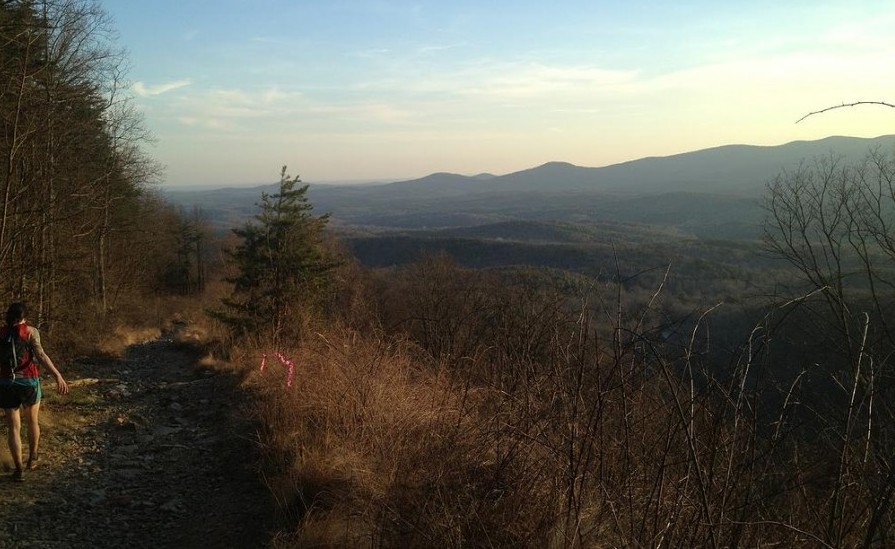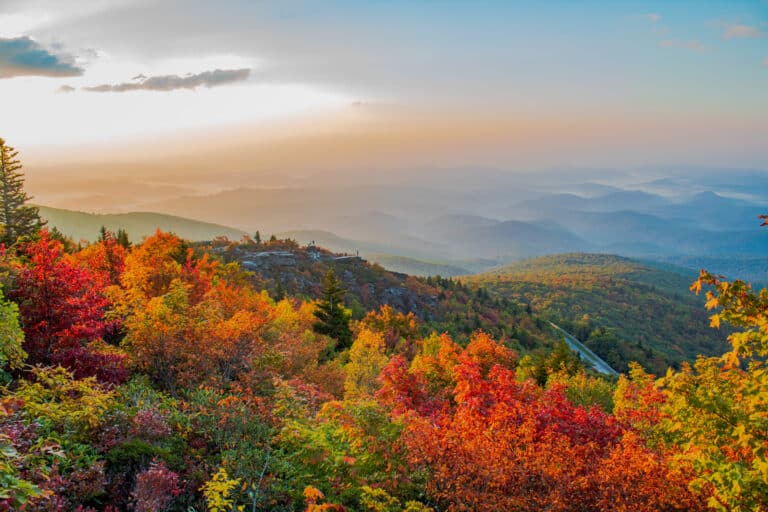BRO Athlete Team runner Michael Owen’s take on how even a “flatlander” from Ohio can conquer the hills of the Georgia Death Race.
As I ran out of the Mulky Gap aid station at mile 51 of the Georgia Death Race the race director shouted “not bad for a flatlander.” I was running in second place, well ahead of third place and about 15 minutes behind first, with just 13 more miles to finish a nearly 11 hour day of running. I commonly get referred to as a flatlander when I run mountainous ultramarathons and get asked, “How can you run so well in the mountains if you are from Ohio?”
Trail and ultra runners not familiar with Ohio typically think of the state as flat cornfields, wide open interstates, just another state to fly over or drive through when getting from the east to the west. While much of their beliefs are correct, people seldom “pass through” southeastern Ohio where the geography is still considered the foothills of the great Appalachian Mountains. The hills where I typically train in southern Ohio are steep and frequent, rugged and unrelenting. Still though, I lack prolonged climbs lasting more than one mile long, and high mountain peaks like the ones in many ultras like the Georgia Death Race. So, I resort to a few training and racing tactics to help manage the mountains without training in the mountains.
- Hill Repeats: Yes, you need to make hills your friend and you need to embrace the monotony of one hill! While areas such as southern Ohio don’t have mountains going from 2,000 feet to 4,000 over 4 miles, runners can still get a lot of elevation gain on small hills. One of my favorite hills is on a trail in Athens, Ohio, that rises 300 feet in a half mile. I’ve been known to run up and down this one hill 10 times in order to gain 3,000 feet in 10 miles. This doesn’t give you the long grueling 4 miles of consecutive uphill like in the race you are gearing up for, but a workout similar to this is grueling in many other ways. Not only will you build strength for uphill running over a prolonged period, but your legs will get used to the pounding of steep downhills as well. You can also do a similar workout on a treadmill.
- Springing and Bounding Drills: Find a semi-steep hill of about 10-15% grade (similar to stadium bleachers) and do hill springing and hill bounding drills. Do hill springing by pushing off the ground with one leg, springing from the ankle region and driving the opposite knee up, gaining more height rather than trying to progress forward. This is actually slower than walking uphill. Hill bounding is similar to springing except for this you will focus on bounding out rather than up. Start by doing each drill 3 times for 15-20 seconds and progress to more repetitions or time as you get more experienced. You will find your legs will start burning very quickly during these drills.
- Travel to Hills: You may live in an area without hills at all. If this is the case, you may want to consider driving up to an hour or more to seek a hilly route, especially in the four to six weeks before your race. Sometimes I drive two hours from my house to a favorite state forest and campout one or two nights to get a couple focused runs in that gain more elevation than I am typically used to. You will appreciate the sacrifice during the race if you do it!
- Proper Uphill Form: When race day comes along running up mountains and long hills is challenging as it is, so don’t waste any energy by bad form. Shorten your stride to a quicker cadence but also while “downshifting” into a pace you can hold during the entire climb. Keep your trunk straight and avoid hunching your shoulders. Keep your head and chin up to encourage proper posture and to allow your chest to open up so you don’t restrict airflow in your lungs.
- Walking Uphill: If you can’t continue a steady pace or cadence while running uphill, you can easily transition into a power-hike which will sometimes be faster than trying to run and be less energy-consuming. Runners develop different power hiking techniques from short choppy steps to long lunging steps using your hands on your knees. Practice walking uphill while training, because you will probably have to do it during the race.
As I crossed the finish line 13 miles later at the Georgia Death Race in second place it was nice knowing that someone from Ohio is capable of finishing a successful race on a course with over 15,000 feet of elevation gain. A lot of this success is because of the specific training that I keyed in on in the months leading up to the race. By focusing on hill repeats and drills in training, and being conscious of proper form and when to walk during the race, I was able to manage the mountains of North Georgia.
If you live in an area void of hills, don’t hesitate to register for a race with a lot of elevation gain. You will be rewarded by the beautiful scenery and views by running a race of any distance in the mountains. If you follow some simple training suggestions to build uphill strength and focus on proper technique of running a long uphill during the race, you will be rewarded with the huge sense of accomplishment of finishing a race that might have previously been out of your comfort zone. You might just surprise someone (or yourself) that a “flatlander” can still run well in mountains!








